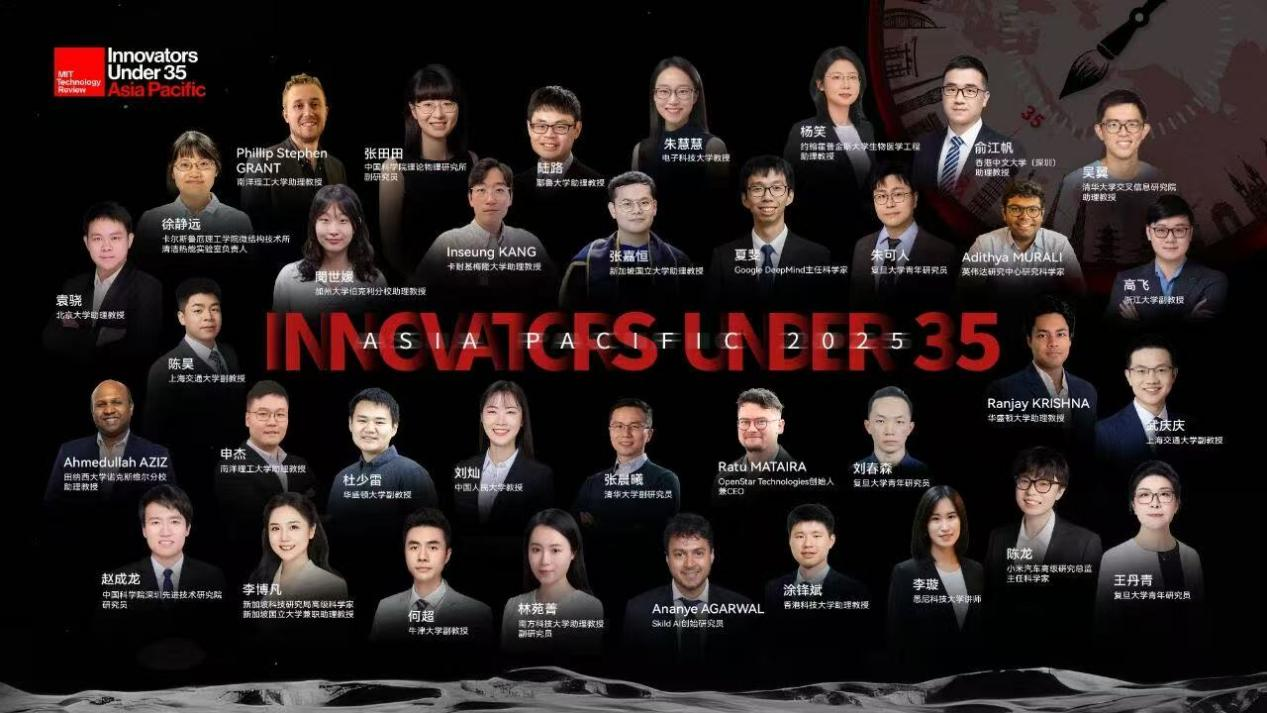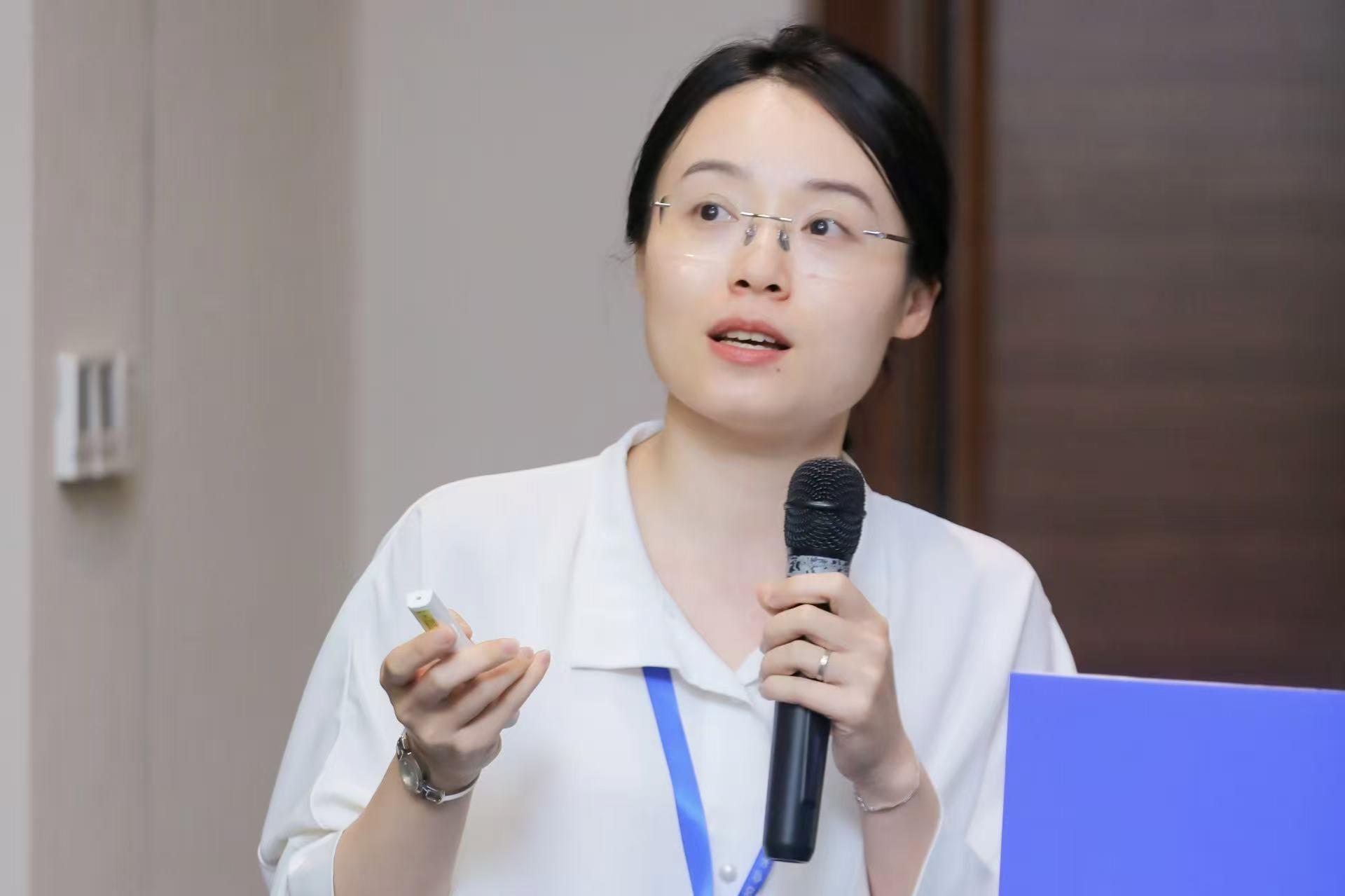On September 22, the Asia-Pacific 2025 Innovators Under 35 (TR35) list was unveiled in Shanghai. Assistant Professor Yuanjing LIN from the School of Microelectronics at the Southern University of Science and Technology (SUSTech) was selected on the list.

First launched by MIT Technology Review magazine in 1999, the TR35 recognizes 35 outstanding innovators under the age of 35 who have made groundbreaking contributions in their respective fields. It has grown into one of the world’s most influential platforms for identifying and celebrating young scientific and technological talent. The Asia-Pacific selection is organized by MIT Technology Review China (DeepTech).

Yuanjing LIN’s research interests mainly focus on nanomaterial innovation for wearable and printable electronics, micro/nanostructured sensors, energy storage devices, and their applications in integrated and flexible systems.
Based on the understanding of electrochemical materials engineering, she and her team developed a new type of nanoporous membrane and interpenetrating interface. By combining with a dendritic nanostructured sensor electrode, she developed electrochemical biosensors with simultaneous high sensitivity and stability. This significantly improved the sensitivity for micromolar-level biomarker analysis, such as glucose and alcohol in sweat, and enabled continuous sweat monitoring for up to 30 hours.
For personal health monitoring, she has developed two types of monolithically integrated and flexible biosensor systems. One is a printable, self-powered sensor system on a single piece of flexible substrate. The other is an in-textile wristband that integrates multifunctional modules for wireless epidermal biosensing. These integrated systems can be used for reliable and wireless diet monitoring or medical intervention via epidermal analysis, and are expected to provide a new paradigm for the development of wearable devices for intelligent healthcare applications.
Since joining SUSTech in 2020, Professor LIN has published 35 papers in leading journals, including Nature Nanotechnology, Nature Communications, and Science Advances.
Proofread ByYuwen ZENG
Photo BySchool of Microelectronics